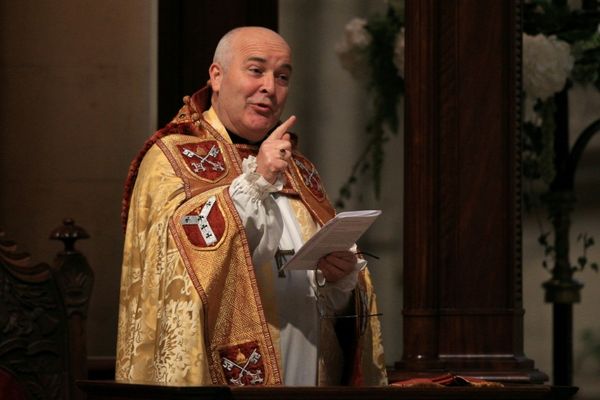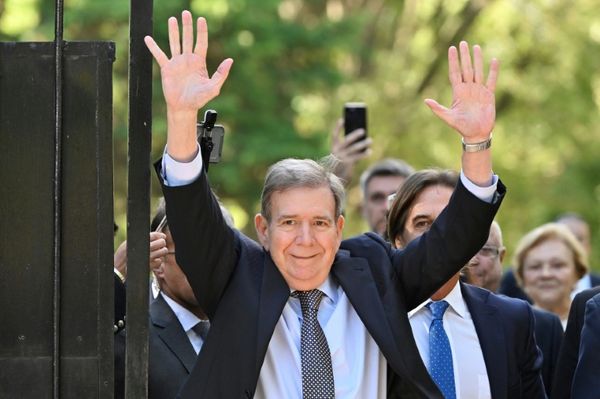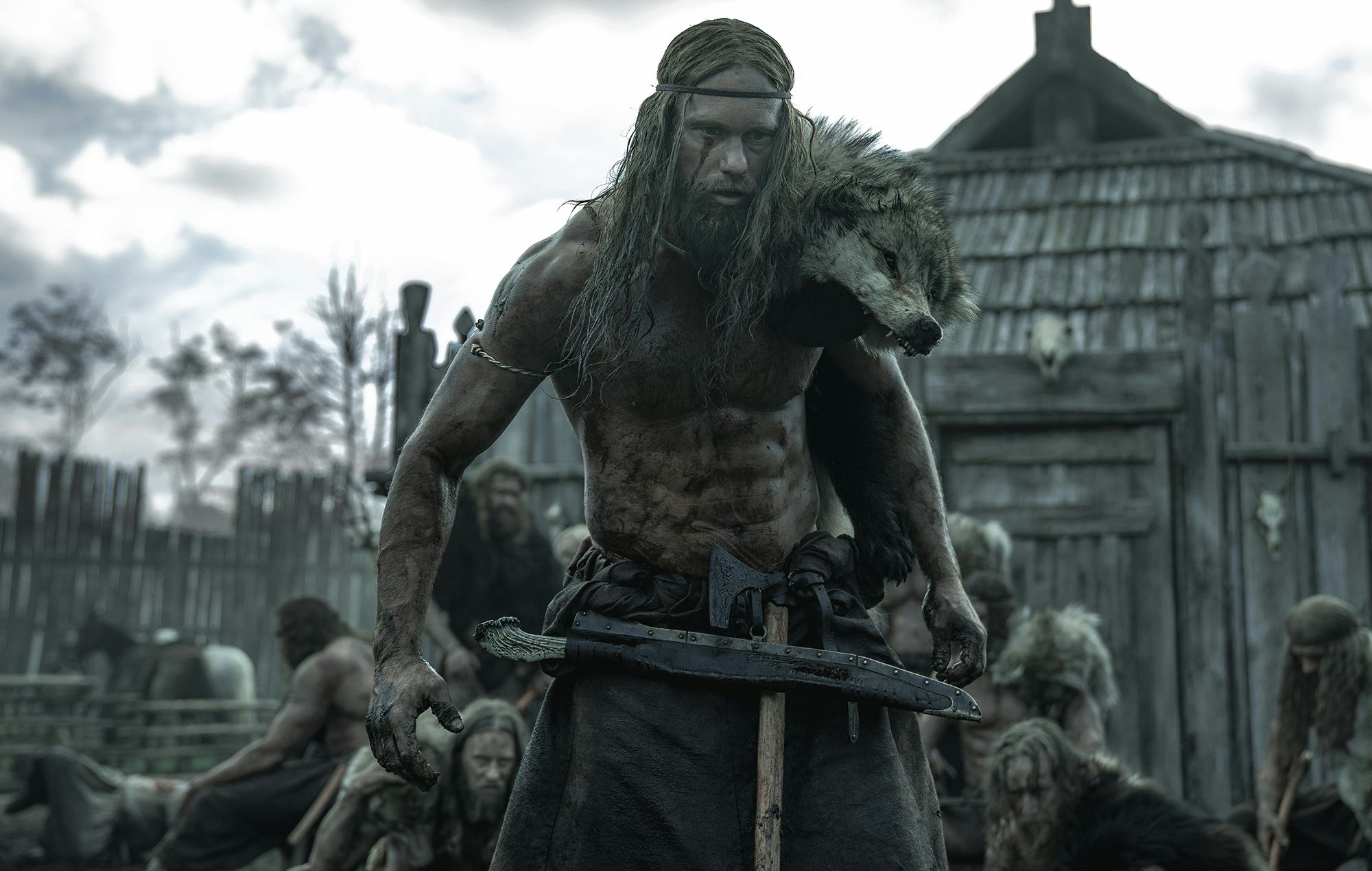
The Northman plunges audiences back through time for a primordial tale of vengeance.
Set in Iceland at the turn of the 10th century, Robert Eggers’ brute-force Viking epic (now in theaters) recreates a long-lost age in staggeringly immersive detail — a feat that was accomplished by drawing on mythology and archaeology in equal measure.
To realistically inhabit the headspace of the Scandinavian warriors who lived back then, The Northman revels in recreating minute details of their civilization, from the wool cloaks and chainmail hauberks they wore to the wooden longships that secured their legend as seafaring raiders.
Viking cosmology and religion are handled with similar reverence to completely conjure the atmosphere of the period. Pagan practices were widespread, and the concept that fierce Valkyries would appear to fallen warriors and guide them toward Valhalla was far from abstract. Instead, the worlds of mythology and reality were one and the same.
This isn’t entirely new territory for Eggers, who mined Puritan anxieties for occult terror in his New England folktale The Witch and conjured a thick fog of maritime superstition in The Lighthouse. In his films, magic is never mundane, but the characters sense its presence as palpably as they do their own blood, sweat, and tears.

Reaching further back through the centuries to tell the story of Amleth (Alexander Skarsgard), a Viking prince determined to avenge his father’s murder, Eggers collaborated with Icelandic author Sjón. Together, they were struck by the idea of centering The Northman’s story around the medieval Scandinavian legend that inspired William Shakespeare’s Hamlet. But The Northman is by no means a direct adaptation, instead weaving together the primal elements of that tale — mother, father, blood, fire, fate — with strands from other Icelandic sagas and Norse myths.
As a historical consultant on The Northman, Prof. Neil Price collaborated extensively with Eggers and his team to bring a full-blooded Viking civilization out of the past. Currently, a professor in the Department of Archaeology and Ancient History at Uppsala University in Sweden, Price is fascinated by what he refers to as the “Norse mind.” His scholarly research has endeavored to present Vikings on their own terms, without relying on hoary tropes of horned helmets and blood-eagle executions.
In consulting on The Northman, Price says he was delighted by the fanatical attention to detail that Eggers and his collaborators — including production designer Craig Lathrop and costume designer Linda Muir — brought to the table. Below, he tells Inverse why The Northman is the most accurate Viking movie to date.
This interview has been edited and condensed.
Inverse: The Northman has been hailed as the most historically accurate Viking movie ever made. Do you agree with that assessment?
Neil Price: Yes. I do think that’s an accurate description. There are caveats, which Robert is well-aware of. His previous films, The Witch and The Lighthouse, were known for this deep authenticity; they’re set in the 1600s and the 1800s, so the source material is richer. We know more about those times. The first challenge of The Northman is that no historical advisor can give Robert that level of detail for the Viking Age. We’re talking well over 1,000 years ago.
When they talk about accuracy, what most people mean is, “Did they get the belt buckles, the brooches, and the swords right?” And we can certainly do that. But if we left a blank where we didn’t know something, the actors would be wandering around in fog, basically. There’s a banquet scene early on, and we don’t know what Viking tables looked like. Were they carved? Were they decorated? How many people sat around them?
“An awful lot of it is not explained. It’s left for you to absorb.”
There’s educated guesswork — and sometimes speculation, as well. Robert was very clear that there would be some places where he wanted creative license to do what he wanted to do. We are in the service of his vision for the film.
For Robert, the detail is more in service to an atmosphere, a layering of feeling that you’re actually in the past. He doesn’t do exposition. An awful lot of it is not explained. It’s left for you to absorb. You can rewatch it many times. That sense of being a visitor to a world that you don’t quite understand — that doesn't explain itself and isn't interested in explaining itself to you — is where the real authenticity comes in. That was at the heart of Robert’s view of what this film should be.
Like The Witch and The Lighthouse, The Northman balances the meticulously detailed with the mythic and unknowable. Tell me about striking that balance and how your research on Vikings’ belief in deities and destiny influenced the film.
In academic circles, the phrase for mythology is a “non-real reality” because it’s real for them. That’s my special field, in archaeology: the idea that asking if somebody back then believed in Odin was like asking if they believed in the sea. It would be a stupid question. Everything is just there, and they have their complete explanation for what’s going on. As in his previous films, it’s still ambiguous. If you want to, you could just go for it and say that all the mythology is real. Or it’s a dream. Or visions. Or you’re seeing their experience manifested in images.
In one scene, he retrieves a sword from a burial mound, and the sequence is doubled: Amleth either fights this undead [figure] or just takes the sword. It’s up to you.
That scene is also a good example of the different boundaries of authenticity in this mythical world because, although nothing tells you this in the film, everything in that burial that he breaks into is a couple of hundred years older than everything else in the movie. Archaeologists can tell you exactly which graves everything in that burial came from, but that would put it about 200 years before the settlement of Iceland. So, how did it get there? That’s part of the fantasy aspect of the film. Is it real or not?
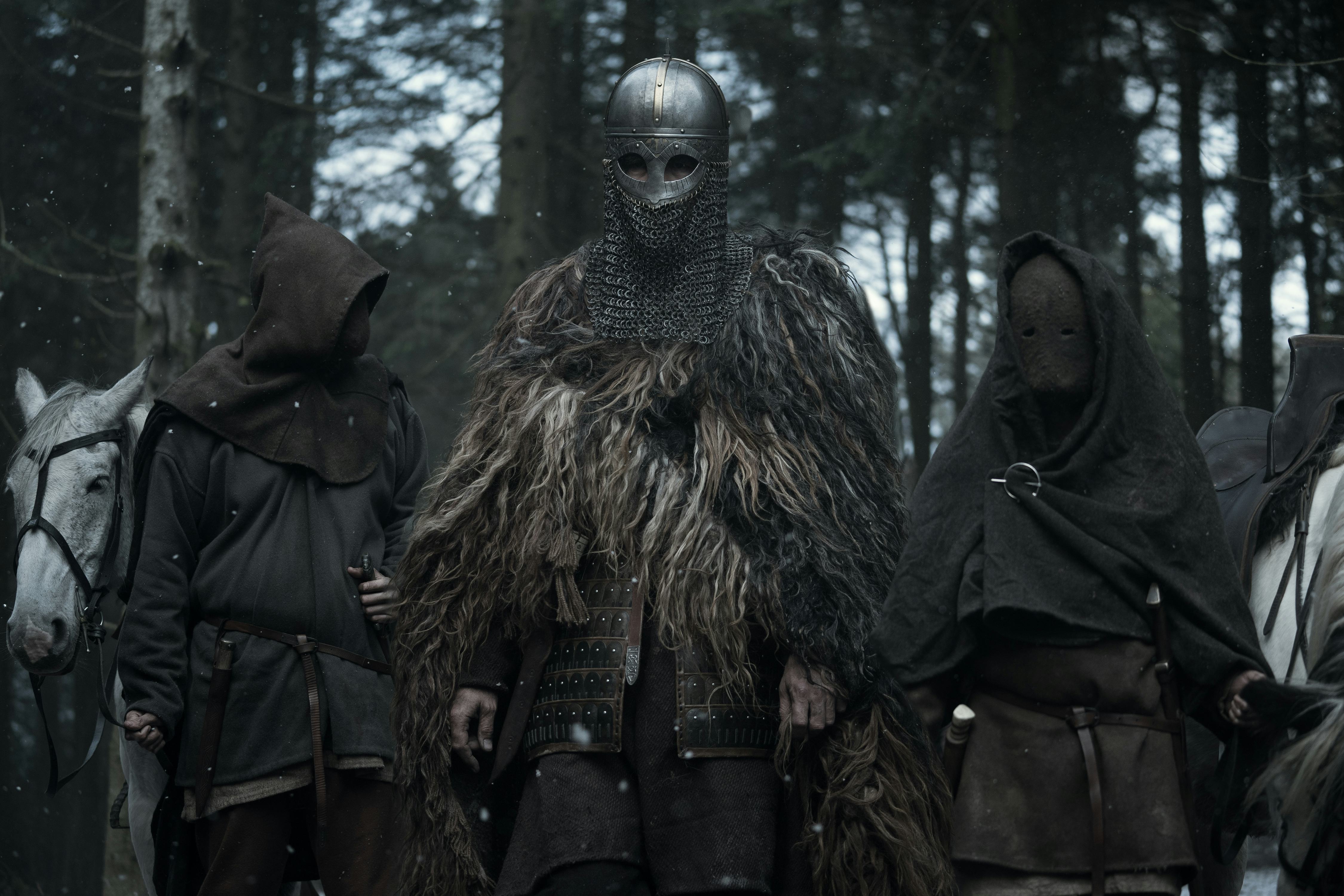
Given the ceremonial bearing of the costuming and production design, how much of the film’s vision of the Viking Age is informed by what we’ve dug out of gravesites?
In texts, there are descriptions of rituals, but they’re not very specific. We know they kill animals and sprinkle the blood around, as you see in the film, but exactly what they did inside those cultic buildings we don’t know. There is one description: “And then what they do next is so obscene, I can’t tell you.” That’s Adam of Bremen, a Christian cleric writing in 1070 about what goes on at the Temple of Uppsala.
“Why is everybody dressed like dead people?”
So much of what we know about Viking clothing comes from burials; costume designer Linda Muir did a fantastic job, and the textiles team worked carefully to recreate the right weaves. But if you could take a Viking Age time traveler and show them the movie, there’s always the risk that their first question would be, “Why is everybody dressed like dead people?”
As Linda was making these gorgeous clothes, we knew rituals involved killing animals and spraying their blood. Gross, but there we are. And she said, “There’s no way they do that, dressed like this. I mean, they get drenched; you can’t get the blood out. It would be terrible. Did they wear special clothes for ritual?” None of us in the academic community have ever thought about this, but it makes sense, so they do in the film. It’s not explained, but there’s a scene with Nicole Kidman making a sacrifice. She’s got special clothes with old bloodstains, so she’s done it before.
As an adult, Amleth is a berserker, fighting alongside other Viking warriors in the trance-like fury associated with that creed. How accurate were the fighting styles? I’m thinking of the sequence in which Amleth catches a thrown spear and hurls it back at his enemies, and the subsequent berserker attack on the Slavic village.
Catching a thrown spear and throwing it back is an episode from an Icelandic saga, Njáls saga. It was something Robert picked up on and thought, “We’ll have that because it looks cool.”
In terms of the berserkers, there’s a scholarly debate as to whether they’re just characters in medieval and premedieval fiction, whether they were real but only at a ritual level — getting your game-face on for battle — or whether they were people who truly believed they could transform into animals and go crazy. That last idea is what we went for because it sets up what Amleth has become.
Beginning with the animal ferocity of the raid also does something very unusual in Viking films. At the end of that raid, it is very hard to like those guys. They are not heroic. They don’t do anything that any person should approve of. They do appalling things, which are shown to be appalling. This emphasis on absolute rage is what you know, from that moment, is inside Amleth. You never quite know when he’s going to let it out again, and maybe neither does he. It’s hard to imagine berserkers, and there’s a risk that they could look ridiculous as men howling like wolves, so the challenge was to make them look frightening.
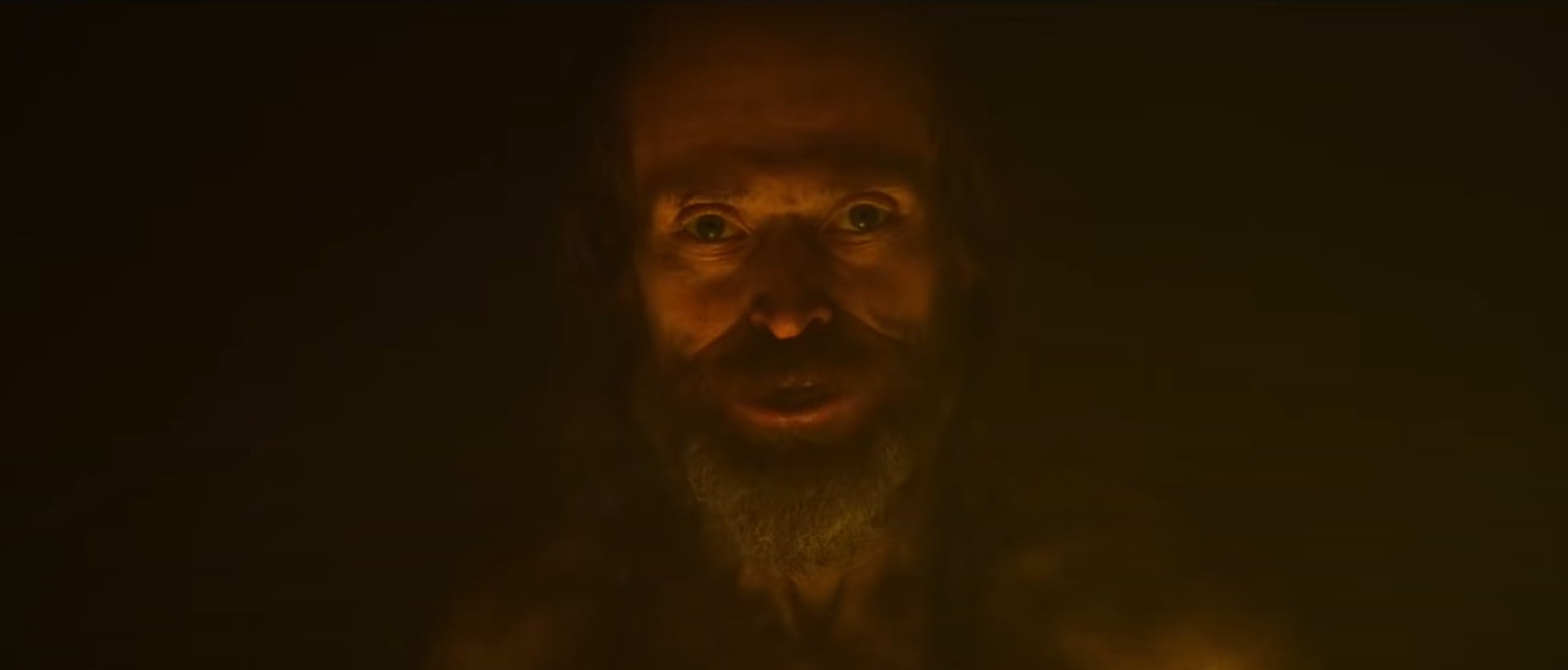
Heimir the Fool is a mysterious figure in The Northman, and the initiation ritual he performs with Amleth and King Aurvandil War-Raven is an early sequence in which that mythological side of Norse society coexists with reality.
I have to say: That is almost entirely fictitious. If you could pick one scene in the film where Robert’s artistic vision led, where he just wanted to do something, that would be it. We know they had initiation rituals; we don’t really know what they did.
There’s a hallucinogenic substance that they drink, and they have their visions and float, and so on. That’s henbane. We know they use this hallucinogen in rituals. And it gives you a sense of flight, which is what Amleth does; he goes out of his body. It takes place in another space that’s underground, behind the main cultic building that they have, and that’s also not really something from the Viking Age.
“The overriding force of the film is fate.”
The first scenes are set on the fictitious island of Hrafnsey, close to Orkney, off northern Scotland, east of the Shetlands. There are Neolithic, late Stone Age monuments, thousands of years earlier than the Vikings. The Vikings broke into these monuments and reused them. We don’t know what they did, but they wrote all over the walls. That space where that ritual takes place is based on one of those actual prehistoric mounds that we know the Vikings broke into. It’s not underground, but it’s down a tunnel, and you feel like you’re underground when you're in it.
Aspects of that scene are based on what could have been, rather than what we know was. It serves an important plot point: Amleth becomes a man, and he realizes that he is destined to be a king. He has this closeness with his father; as it turns out, it's the last time he sees Heimir, as well. When they come out of that is when it all goes pear-shaped, with the ambush and so on.
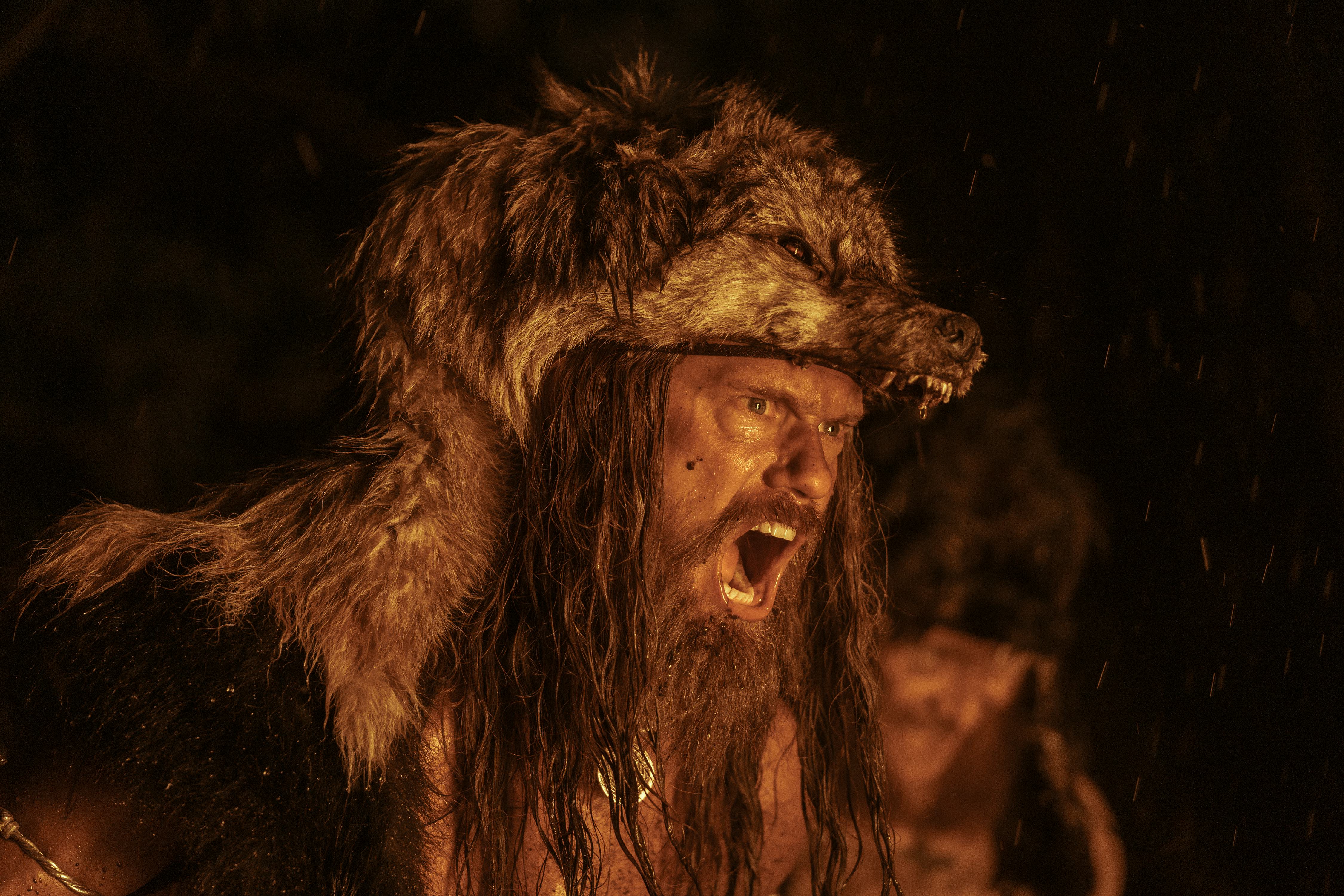
In that ritual sequence, The Northman also introduces the mystical Tree of Kings, made from human veins, with dead warriors hanging from its branches. Tell me about establishing that structure at the center of the film’s mythology.
The Norse cosmos was held together by Yggdrasil, this great ash tree. It’s unclear what that really means: are all the worlds on its branches, are they on the roots, or does Yggradsil go through the sky? The current thinking is that it’s the Milky Way. If you’ve ever seen it in a place without modern light pollution, it can look astonishing as it goes across the sky. It’s not hard to see that as a tree.
The idea that this tree is a part of everybody, or perhaps that everybody is a part of the tree, was interesting to Robert. The idea of having its branches replicated by an arterial system inside the body, so blood veins represent the bloodline of the kings — that’s where that image comes from.
Later on, in the farmhouse in Iceland, Amleth sees the Tree of Kings on one of the tapestries that had been on the wall of his father’s hall, which Fjolnir has taken with him. That tapestry is a copy of a real one from Norway. What’s interesting is that it’s full of bodies, and we usually say that they’re hanging from the tree as a sacrificial offering; but there are no ropes, and people are floating in the branches. We don’t know what that is but Robert decided, for his film, to make that the Tree of Kings.
It serves the plotline from beginning to end, tying everything together through an image that links everything. It’s the Tree of Kings that Fjolnir will never be a part of because that’s not who he is. The overriding force of the film is fate and whether you can escape it, which was central in the Norse mind. Fate is linked to Amleth’s place in this cosmic tree, and it’s a weight on his mind, whether he can do anything about that.
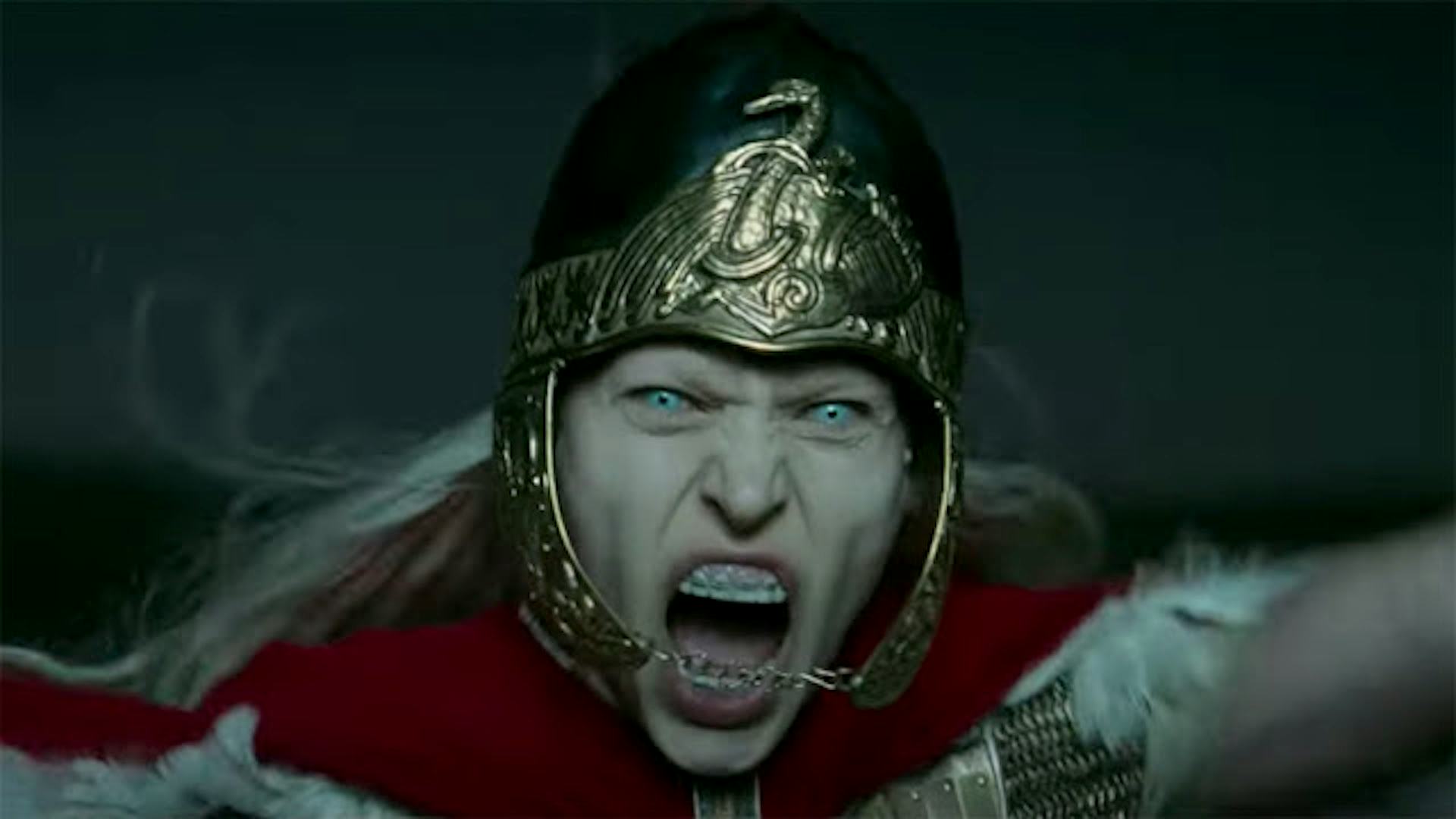
Finally, I have to ask about the Valkyrie, also known as the Shield Maiden (played by Katie Pattinson). She has that gold swan on her helm, which has been symbolic of the Valkyries, and she’s on horseback. But then there are her dental markings. What’s that about?
The main issue, to begin with, was not to make the Valkyrie sexualized. If you Google image search Valkyries, you lose the will to live. It’s terrible. It’s all through the male gaze. The swan on her helmet is fantasy. It is invented because I don’t know what Valkyries’ helmets are like. But swans are associated with them, so that’s where that comes from.
The teeth modifications are found on Viking Age burials, on human skeletons — actually, only on men. The idea was to give her a warlike aspect. Robert and I had a long discussion about how not to make the Valkyrie sexualized. The actual details of her dress came from Robert, though it’s all taken from the mythology. You see this feathered cloak; they had feathered cloaks that they could turn into birds. The idea was to have a Valkyrie that, basically, looks terrifying.
The Northman is now playing in theaters.
